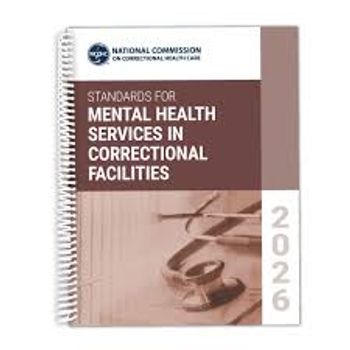
Managing the Aftermath of Patient-on-Staff Violence
Violence by patients towards staff members is an inherently complex matter for the physically and/or psychologically injured person. An expert in the field of forensic psychiatry answers a reader's question about what clinicians can do in the aftermath of an assault.
Q: What are some debriefing and/or therapeutic interventions for staff members who have been assaulted by patients?
A: Violence by patients towards staff members is an inherently complex matter for the physically and/or psychologically injured person, the treatment team, facility administration, and for the assaultive patient as well. The patient’s actions have at least temporarily (if not permanently) breached the expectation of trust essential to a treatment relationship. Trauma-based symptoms, such as an acute stress disorder or PTSD, develop in a fair number of those who have been physically and/or psychologically injured.
The event may demoralize an injured staff member who has committed time, energy, and perhaps years of professional training and experience. He or she may have feelings of guilt (for having “caused” the incident). This can potentially cause a victim to question his or her choice in a profession.
The treatment team is often also negatively affected. Both coworkers and administration may come to feel that the injured worker was, for whatever reason, under-protected. In the case of administration, there may be concerns about potential legal repercussions, lack of productivity, and an increase in sick leave secondary to the negative systemic effect violent incidents engender. Staff will need to monitor countertransferential feelings towards the offending patient.
Value of CISD
Critical incident stress debriefing (CISD) has dominated the landscape as a key intervention for health care professionals and others (social service agency workers, bank employees who have been at work during a robbery, students and workers who have experienced school or workplace violence, and victims of terror), who have been exposed to a traumatic event. The benefit of debriefing military personnel traumatized in combat was recognized after World War I, but the intervention was introduced more formally during the 1980s.
A number of models of CISD have evolved; notwithstanding some differences, all models share common features. At its core, CISD draws on experienced clinicians to help individuals who have experienced trauma to:
• Thoroughly review the event and the individual’s responses to it
• Discuss the impact of the event on the victim and other survivors
• Review other implications of the event (eg, the victim’s ongoing safety and security).
CISD also involves helping the trauma victim to:
• Ventilate about feelings and thoughts related to the event and its aftermath
• Normalize that person’s reaction to the event with a view to closure
• Connect to appropriate resources
• Plan for reactions during subsequent similar events
• Reenter the community and/or workplace.
Research indicates that CISD’s success lies in the fact that it is an early intervention that is highly focused on helping individuals imbalanced by the adverse event to right themselves.
CSID is not a panacea for all traumatized individuals, nor does it necessarily eradicate the trauma from an individual’s life. Individual reaction to trauma is a multidimensional matter that involves, among other things, consideration of the victim’s previous exposure to trauma, psychological make-up, the presence of other stressors, availability of support, etc. Consequently, one intervention does not fit all.
CISD is a proven intervention that allows traumatized individuals to review constructively and to learn from the narrative of the events, engage in catharsis, and activate supports. Paradoxically, CISD can turn a negative event into an opportunity for professional learning and personal enhancement. It does so by harnessing the opportunity for knowledge and personal psychological growth inherent in adverse experiences. The saying “what doesn’t kill you often makes you stronger” comes to mind. CISD also allows for more expeditious return to occupational and social functioning because of how quickly the intervention is generally put into place, and how comprehensively it deals with many of the issues that ensue from a traumatic event.
More Clinical Q&As...
Suggested reading:
Paterson B, Leadbetter D, Bowie V. Supporting nursing staff exposed to violence at work. International Journal of Nursing Studies. 1999;36:479-486.
Chapman R, Styles I, Perry L, Combs S. Nurses’ experience of adjusting to workplace violence: A theory of adaptation. International Journal of Mental Health Nursing. 2010;19:186-194.
Newsletter
Receive trusted psychiatric news, expert analysis, and clinical insights — subscribe today to support your practice and your patients.




